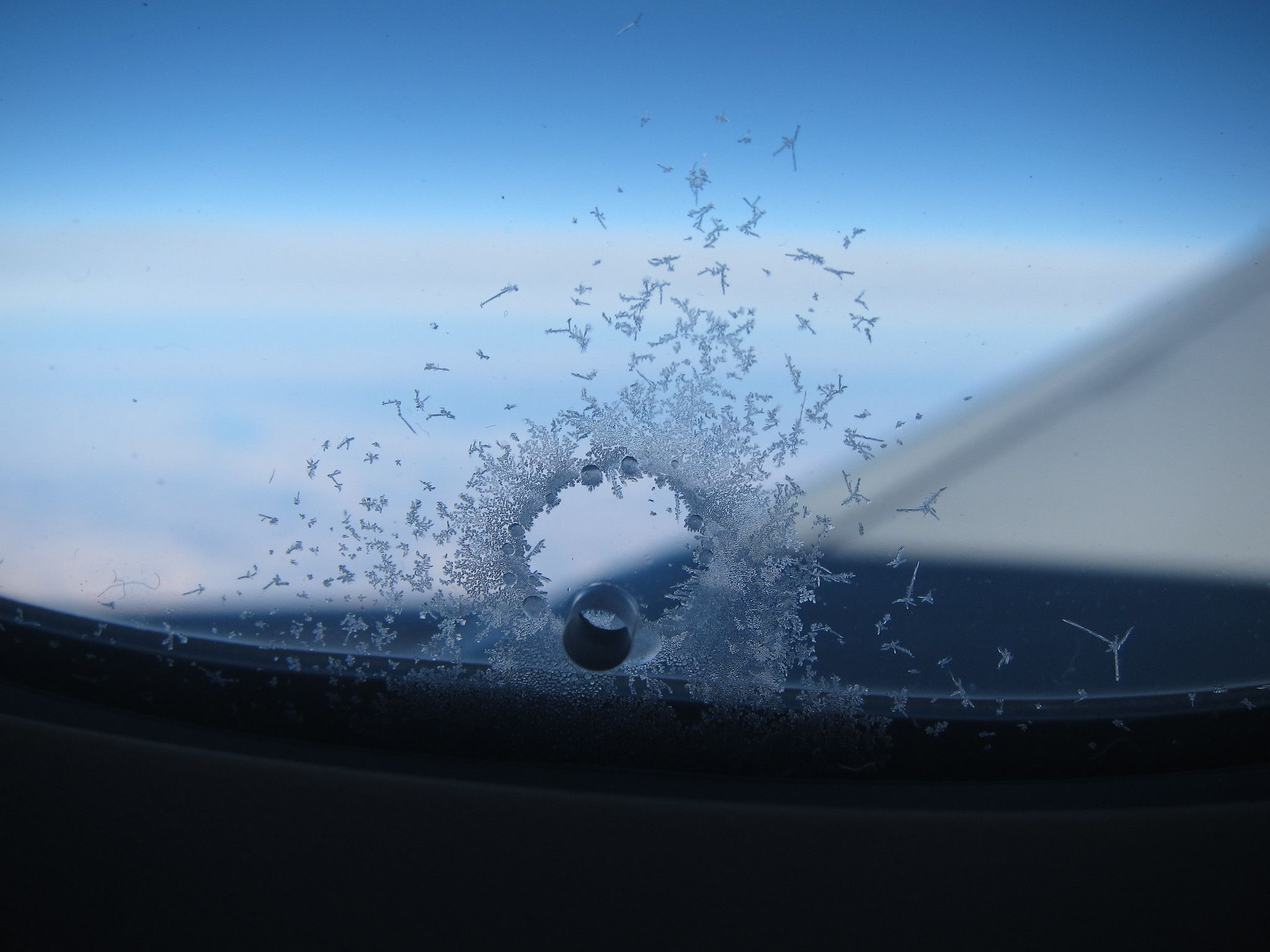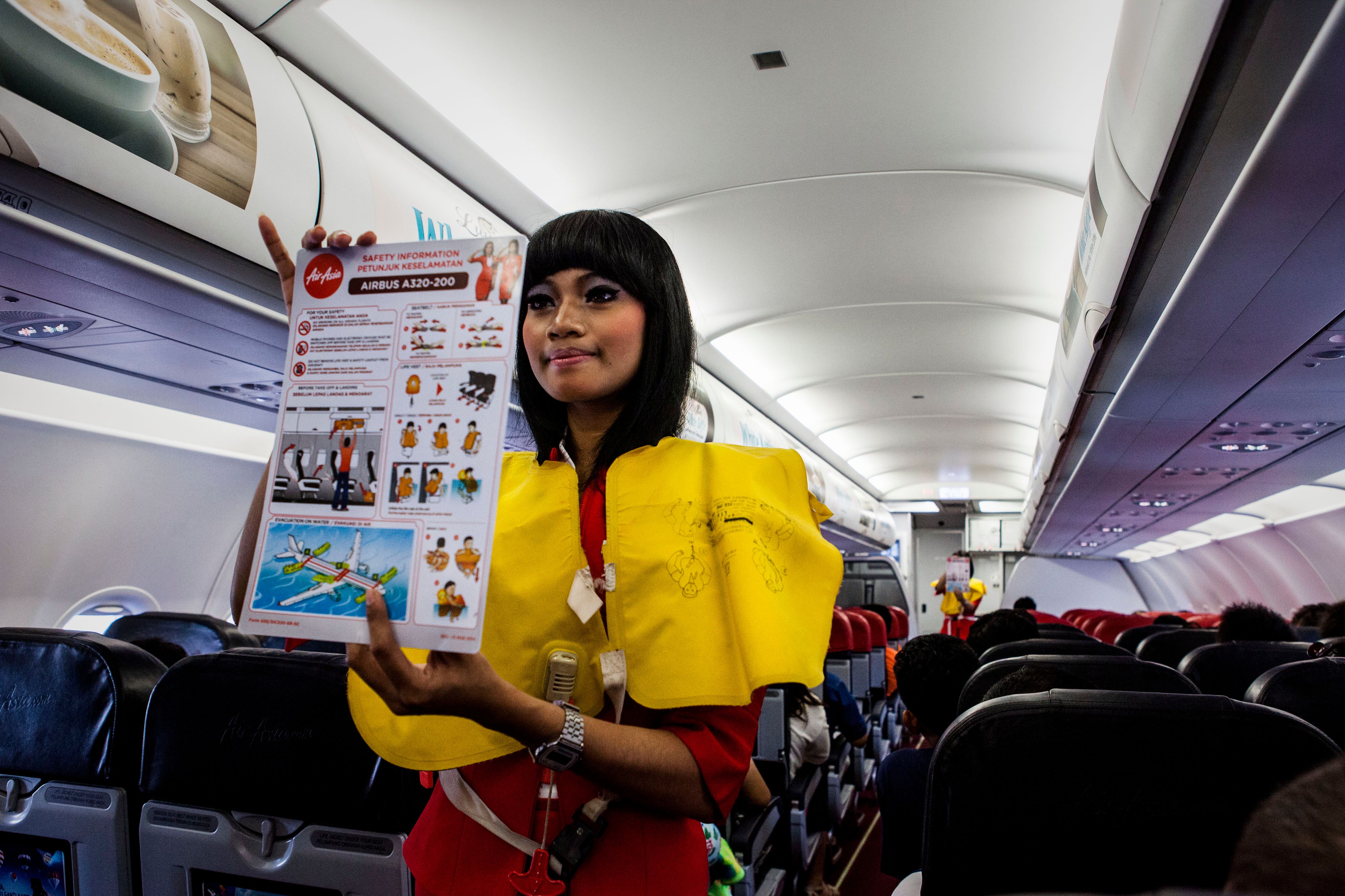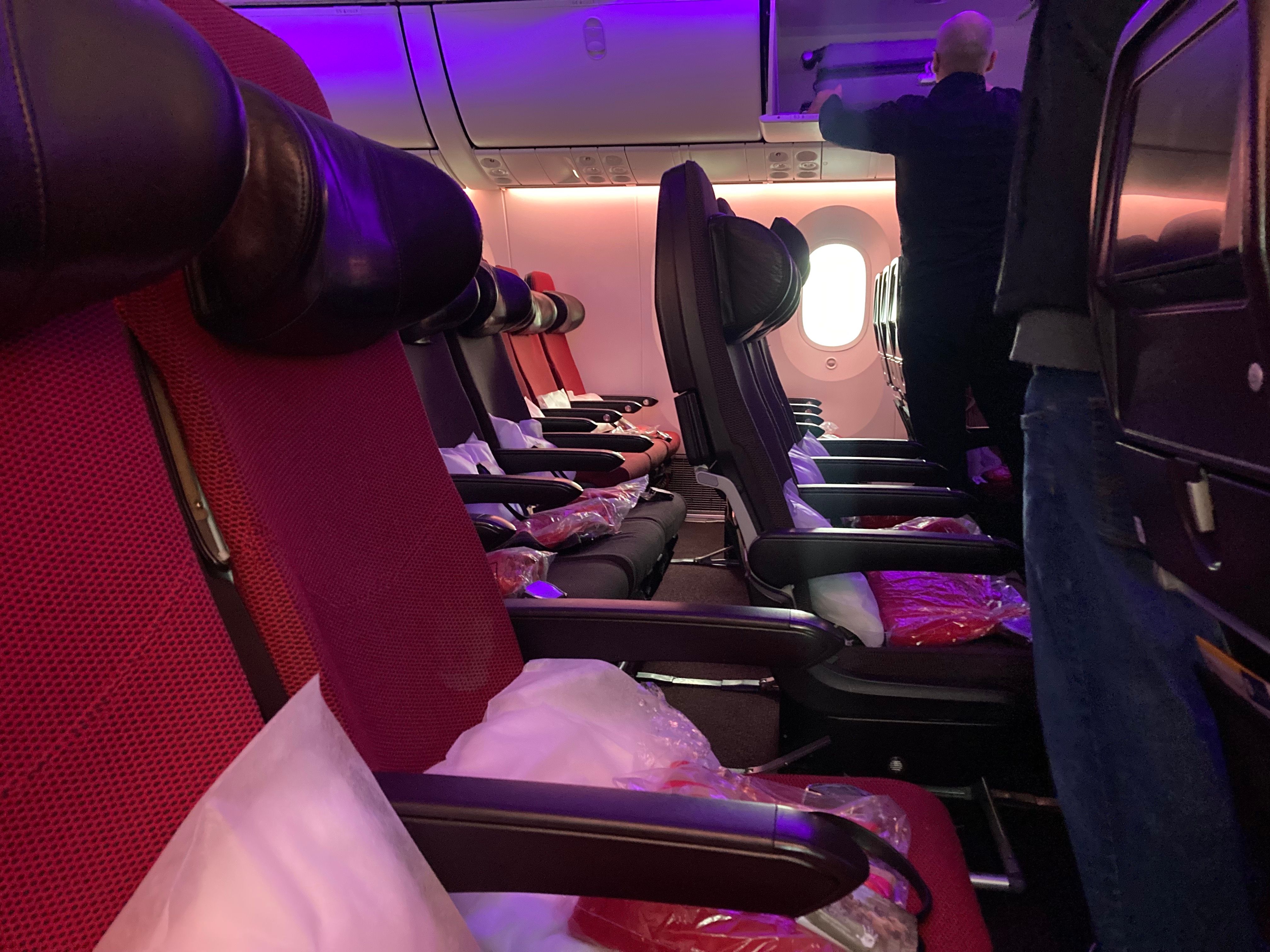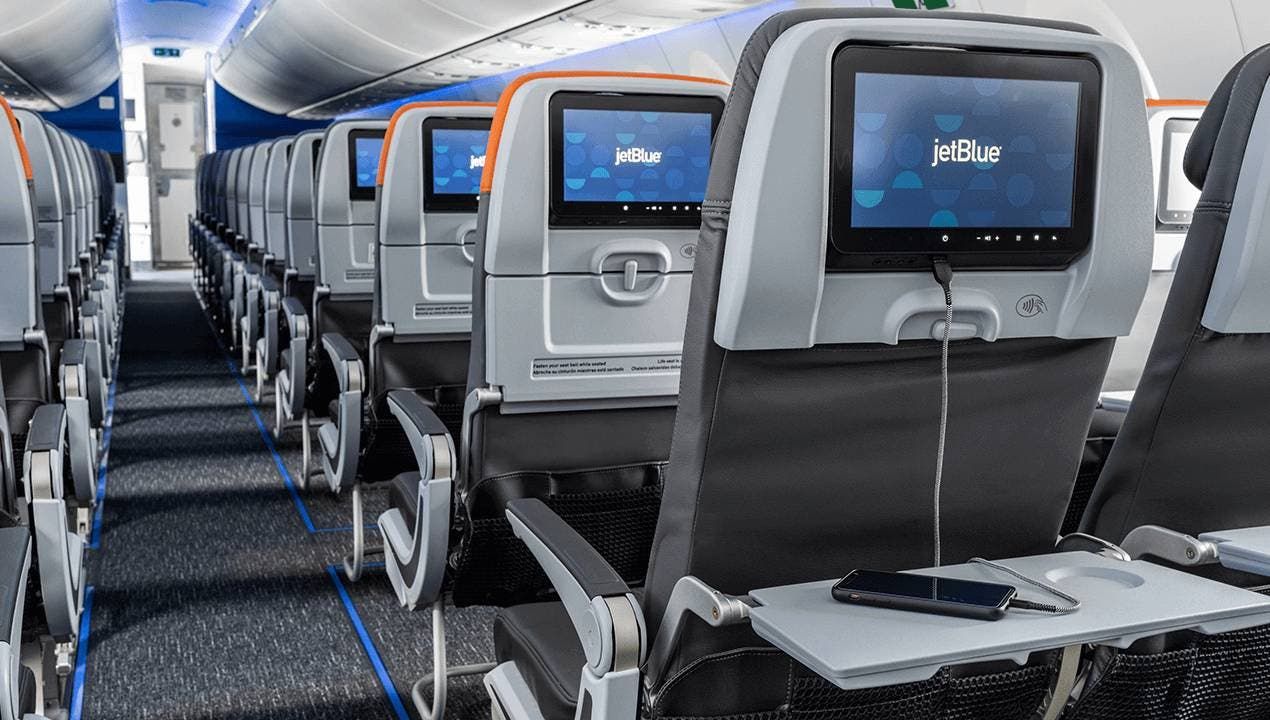It’s well known that airplanes are the safest mode of transportation and, fortunately, the industry makes continuous strides to be as safe as possible. Between changes in situational training and aircraft system enhancements, we can rest assured that even in an emergency, we’ll be okay. But today, we will look at a few safety features you may not know about that play an essential role in passenger safety.
 What is the tiny hole in each window?
What is the tiny hole in each window?
Most travelers enjoy the coveted window seat to get stunning views of the world around us, but at the bottom of each window is a small hole that seems out of place. These holes have a critical function related to cabin pressure. Although the inside of an aircraft is pressurized to a certain altitude so we can breathe, the plane needs a way to release pressure.
Airplane windows typically involve three pieces of plexiglass, where the innermost pane helps to protect the other two. They act as a system to contain the difference in pressure between cabin pressure and the air outside, and the bleed hole helps to balance this out.
There’s a mix of chemicals above each seat
Before every takeoff, flight attendants remind us that should the plane experience depressurization, face masks will drop and supply us with oxygen. As a result, many people assume there are oxygen canisters above each seat; but that would be highly inefficient.
Instead, a combination of Sodium Chlorate, Barium Peroxide, and Potassium Perchlorate begins to mix upon pulling down the mask. This chemical reaction produces oxygen designed to last about 10 to 12 minutes, enough time for a flight crew to lower the plane to 10,000 feet or below where the air is breathable.
Fire-proof seat designs
Although very unlikely, fires can break out onboard. And if this happens in the main cabin area, there are multiple fire extinguishers to take it out. However, seat cushions use flame-retardant materials to keep any potential fire more or less localized and prevent spreading. They must also pass an “Oil Burner Test” to ensure safety in a fire.
Discover more aviation news.
Equipment for the most unruly of passengers
Although the end of COVID restrictions has been a blessing for the aviation industry, one unfortunate statistic is the increase in passenger aggressiveness. Because every situation has the potential to spiral out of control, one of the last lines of defense available to the crew is a restraint kit. These kits include a pair of handcuffs that can keep passengers in their seats until the airplane lands and before being handed over to local authorities.
Exit row tray tables
This one is very subtle but can be significant in case of evacuation. Most aircraft tray tables are secured to the back of the seat in front of you using a clip that swivels either way. However, when seated in the exit row, you may find that the clip can only move away from the window.
If an evacuation is necessary, many people will be moving quickly through the row to get out of the plane, and if the clip could move in both directions, it could accidentally move towards the window. This action would release the tray table, completely blocking the emergency exit for everyone behind, at best wasting precious seconds or, at worst, costing lives.
What do you think about these safety features? Do you know of any others? Let us know in the comments.
Sources: The Travel, The Points Guy, 9Honey



